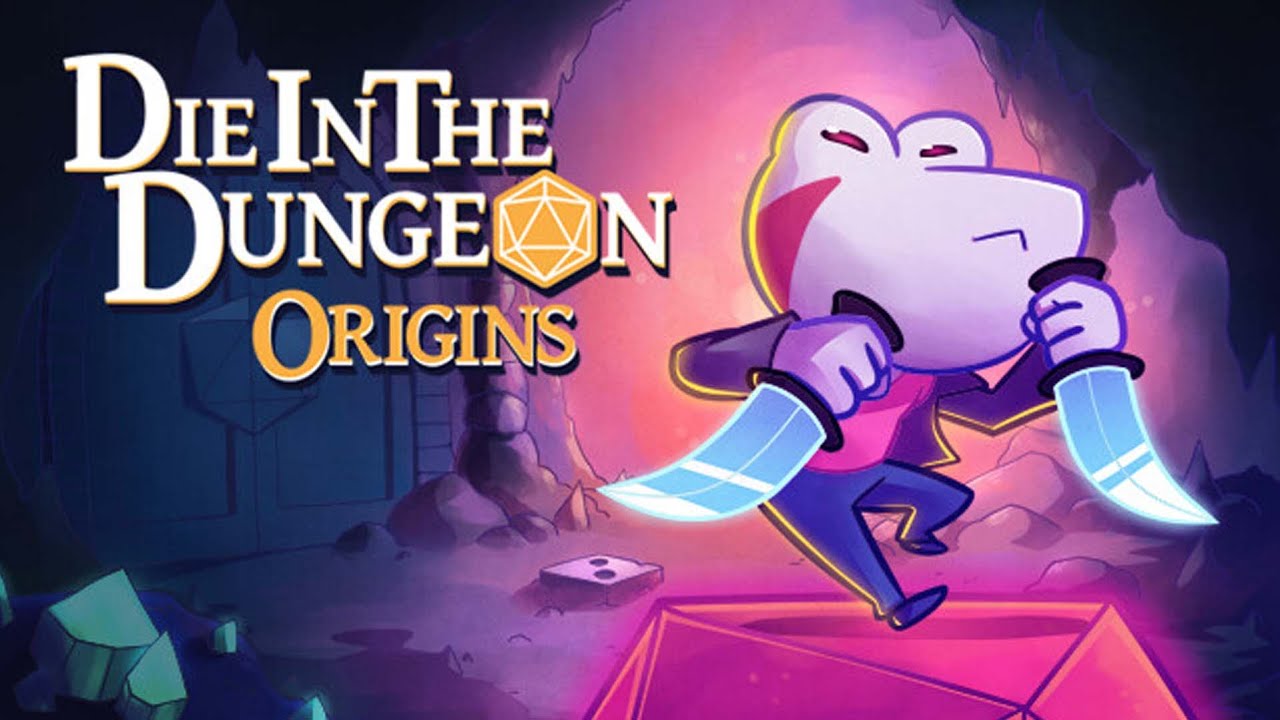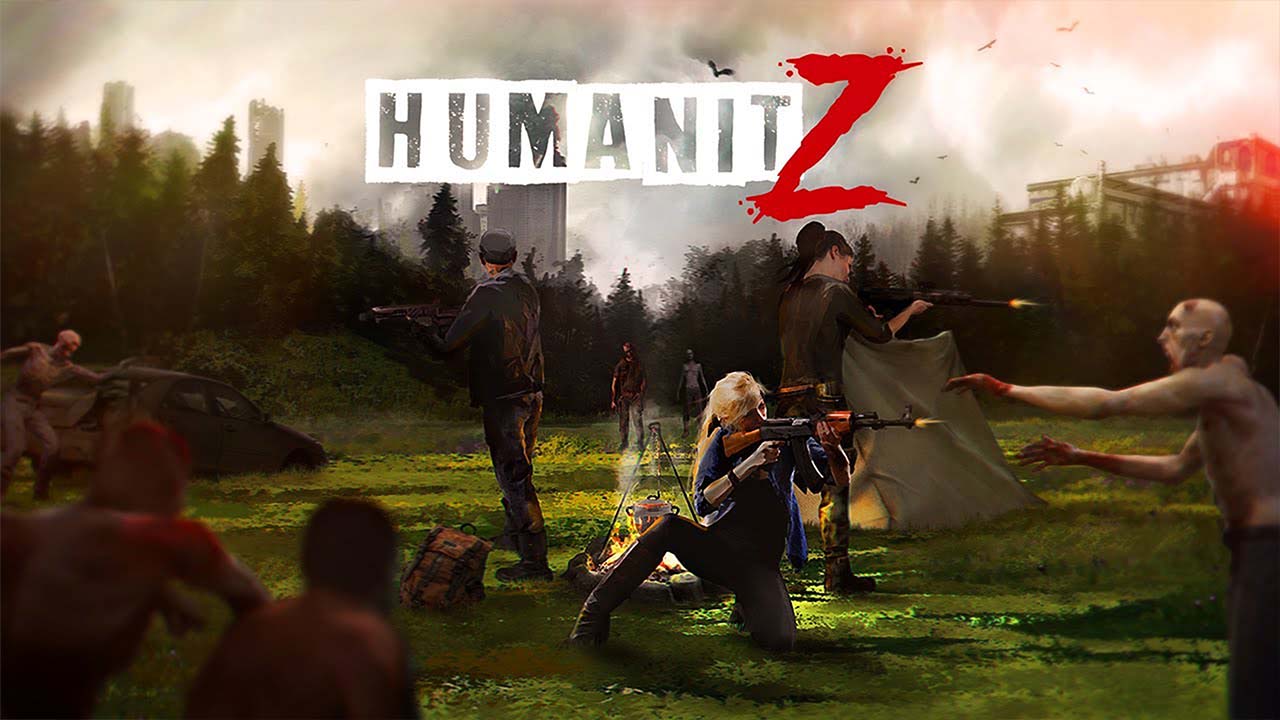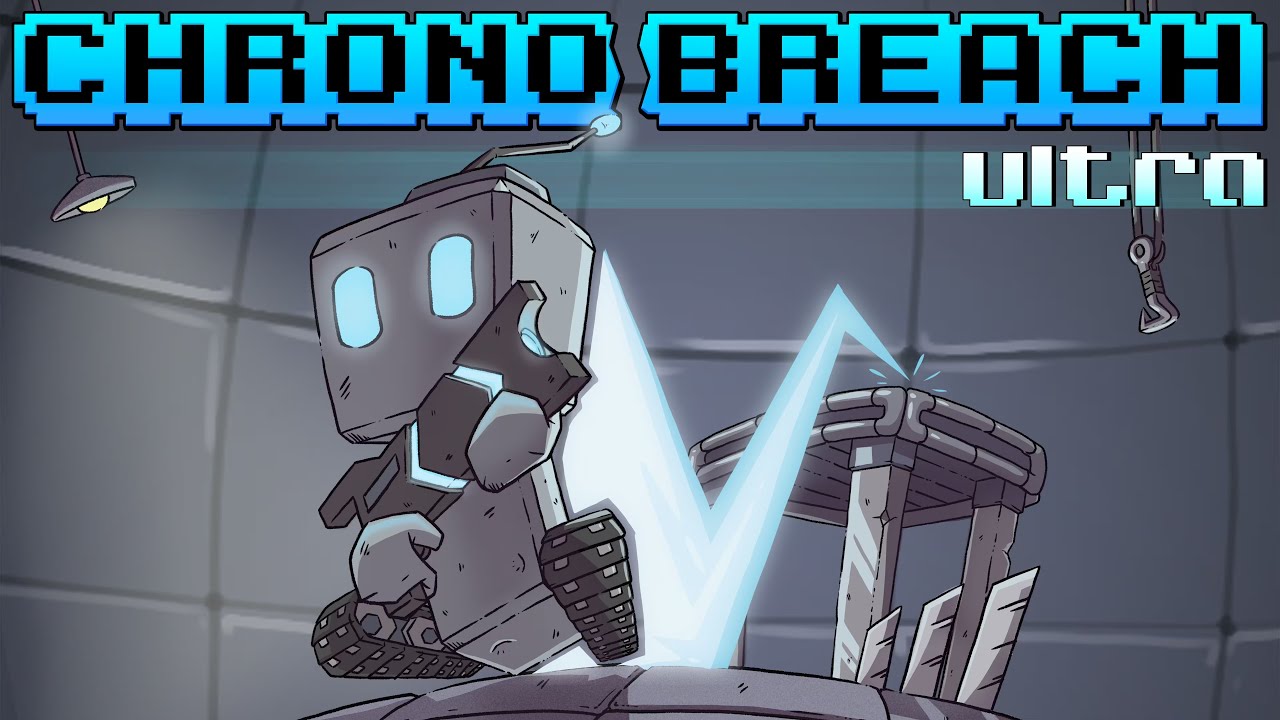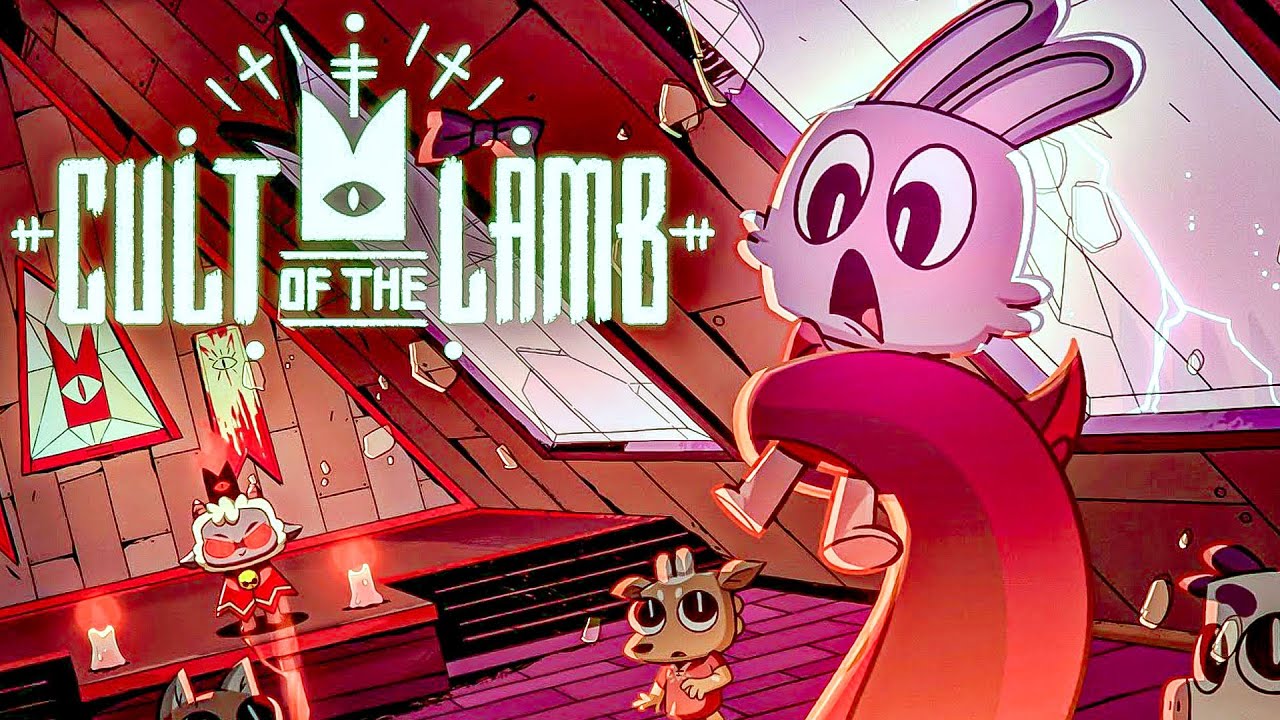Check out my notes on every dice type, upgrade, and mod!
Basic Dice Types
Attack
- Red color and deal damage to enemies
- Initial basic level rolls a 1 or a 2
Block
- Blue color and generate defense
- Also initially rolls a 1 or 2
- Leftover defense will be removed when you start your next turn
Boost
- Purple or Pink Color
- Used to increase the power of your other dice.
- Target the other spaces on the board with their own value
- Basic boost dice can roll a 1, 2, or 3
Heal
- Green color and increase your health
- Basic die can roll a 1, 2, or 3
Dice Upgrade Tiers
Basic Tier
- Non-upgraded versions of your dice
- The hand you start with and most early dice you draft will be basic dice
- Typically roll low numbers like 1, 2, or 3
Silver Tier
- Next tier up
- Choosing a silver upgrade award upgrades two of your basic dice to silver tier
- Generally roll mid-level numbers like 2, 3, or 4
Gold Tier
- Highest tier of dice
- Gold level upgrade allows you to take one silver die to gold
- Some dice have multiple gold tier upgrades which increases the faces on the die but remain gold tier
The Very Rare Dice
Mirror Dice
- Reflect the die that they target
- Silver or gray colored dice
- Typically rolls a 6, but can also roll a 5, or even be empty
Terrain Dice
- Tan or brown color and boost the tile they are placed on by their own value
- Terrain dice are NOT boosted by terrain spots
- Terrain boost value decrements by one each turn
- Boost dice are not affected by terrain boosts, but terrain dice ARE boosted by boost dice
Prism Dice
- Teal color – like a mix of boost and mirror dice
- Mirror the boost they receive with an additional boost of their own value
- Prism dice are also affected by terrain boosts,
- Prism dice in conjunction with the Bullseye relic are a means of achieving exponential damage as you use prism to reflect terrain boost back and forth with the Bullseye relic doubling damage each time.
- Mirror dice can also target prism dice – in this case all of the spaces the prism targets will be mirrored together. As an example, if the prism die is targeting both an attack and heal, the mirror that targets the PRISM die will have the value of BOTH that boosted attack and heal dice.
Dice Mods
Grow
The Grow property adds a value of one to your die each time you play it. The die will increase +1 every time it is played
Glass
Glass dice are “exiled” when they are played. A die with the glass property can only be played once rather than returning to the bag and being rerolled. You can use this to your advantage to manage a large deck, to streamline your hand throughout the floor. There are a few relic interactions with glass – Unpolished Shards increases the value of dice with the glass property, and Evergreen Sap will negate the exile function of glass provided you still have energy points when you play it.
Heavy
Heavy dice stay on the board after they are played for as many turns as their value. Each turn, their value decrements by 1. There is a relic called Forge Hammer that negates the loss in value, provided you have energy points remaining when your turn has ended.
Hollow
Hollow is a property that negates the energy cost of placing a die, which can allow you to play more dice per turn. This is a good mod for almost any dice type with few downsides. There are a few relics like Bucket of Paint or Snake Eyes that give a similar effect to allow you to play more than 3 dice without using extra energy.
Flash
Flash is one of the most powerful mods for your dice. It allows your dice to be played immediately before ending your turn. This is valuable in preemptively defeating certain enemies like the Banshee. You can use flash to your advantage in several ways: first, by targeting one enemy with a flash dice and then changing your target to a second enemy before ending your turn. Second, you can place boost dice down and boost a flash attack. After the flash attack has been played, you can pull the boost dice back into your hand with no extra energy penalty. Terrain is very powerful with this combination as you can play a flash terrain dice and then boost an attack, heal, or block in that same turn rather than waiting for your turn to end. Mark of the Chosen One is a relic that combines well with flash as it will triple the base value of a flash dice when it is the only space occupied on the board.
Legendary Named Dice
There are certain dice that are named. The names are cosmetic, but signify a legendary gold tier die.
- Overkill is typically a gold heavy attack die.
- Lucky One is now a heavy prism die. In the previous game it was a block die
- Miracle is a gold heal die without the glass modifier
- The Holy One is a gold tier attack die that will only roll a 6
- The Poop is a basic attack die that only rolls 1. However, it can upgrade straight to gold tier and becomes an Overkill die.
Video Guide
Quick 8 minute video explaining each and every dice type, mod, and upgrade in Die in the Dungeon: Origins. Have you wondered how many dice are in the game or what those rare dice are used for?



